Parks and marine protected areas.
The northern part of Sardinia is renowned for its stunning natural landscapes, which include a variety of parks and marine protected areas. These regions are ideal for visitors seeking to explore the rich biodiversity and unique ecosystems of the island. Here’s a guide to the most notable parks and marine protected areas in northern Sardinia, including how to visit them, their key features, suggested itineraries, and information on costs and opening hours.
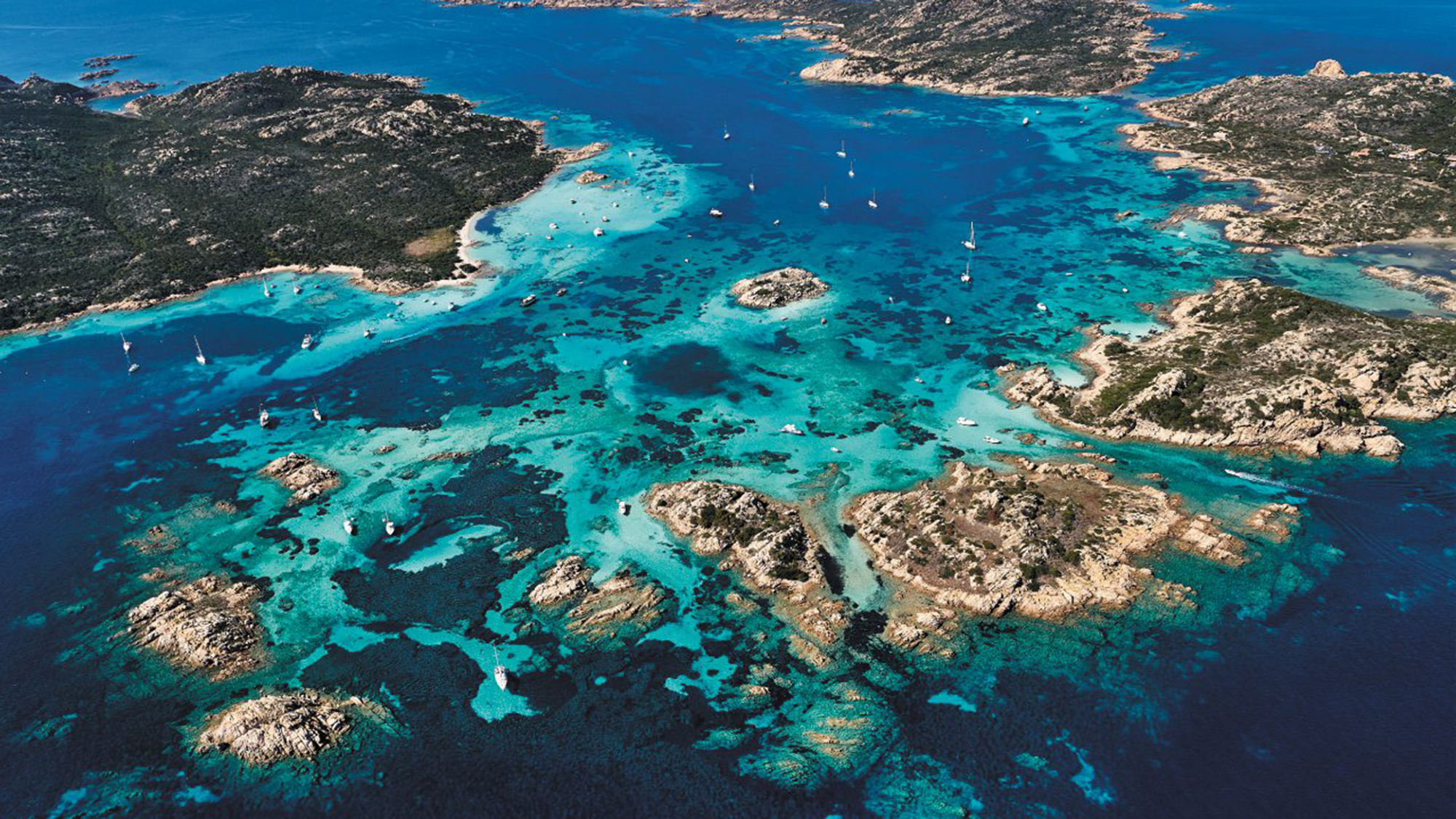
1. La Maddalena Archipelago National Park
- Key Features: This national park comprises over 60 islands and islets, known for their crystal-clear waters, granite formations, and stunning beaches. The archipelago is a haven for marine life and a popular spot for snorkelling and diving.
- How to Visit: Access is typically via boat tours from Palau, La Maddalena, or other nearby towns. You can also rent boats or kayaks for a more personalized exploration.
- Itineraries: Popular stops include the islands of Caprera, Budelli (with its famous pink beach, Spiaggia Rosa), Spargi, and Santa Maria. You can spend a full day touring the islands, stopping to swim, snorkel, or hike.
- Costs and Opening Hours: Boat tours range from €40 to €100 per person, depending on the itinerary and season. The park is accessible year-round, but visiting hours depend on the type of tour.
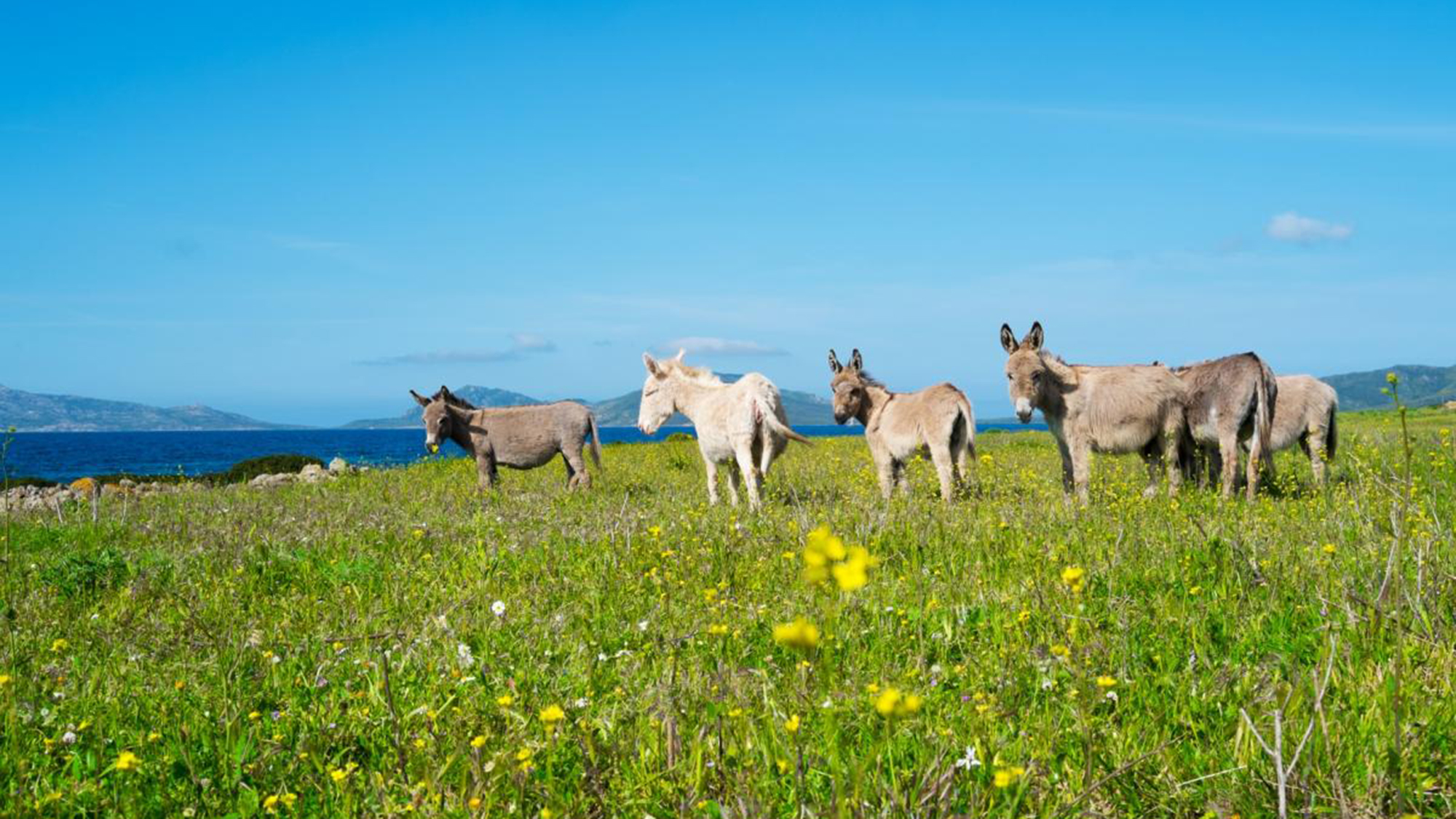
2. Asinara National Park
- Key Features: Asinara Island, also known as the “island of donkeys," is rich in history and wildlife. It was once a quarantine station and later a high-security prison, which has preserved its wilderness. The park is known for its albino donkeys, wild landscapes, and secluded beaches.
- How to Visit: You can reach Asinara by ferry from Porto Torres or Stintino. Guided tours are available by jeep, bicycle, or on foot.
- Itineraries: A typical day on Asinara might include visiting the former prison buildings, exploring the natural habitats, and enjoying some of the pristine beaches.
- Costs and Opening Hours: Ferry tickets cost around €15-€25. Guided tours cost approximately €50-€80. The park is open year-round, but it’s advisable to visit between April and October.
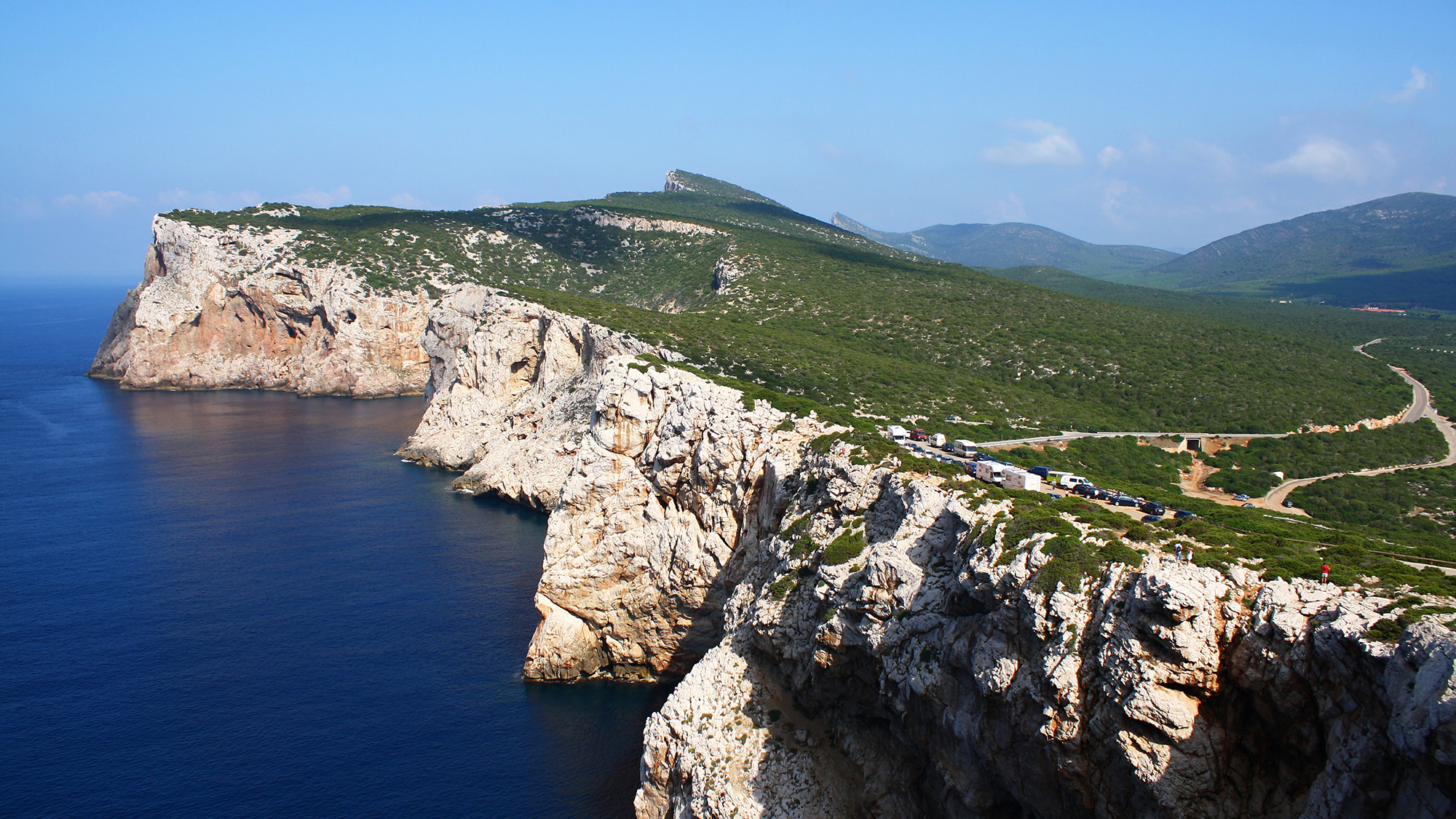
3. Capo Caccia-Isola Piana Marine Protected Area
- Key Features: This marine area is famous for its dramatic cliffs, underwater caves, and rich marine biodiversity. It includes the Neptune’s Grotto (Grotta di Nettuno), a spectacular sea cave, and several dive sites.
- How to Visit: Access Neptune’s Grotto via boat from Alghero or by descending the Escala del Cabirol, a steep staircase carved into the cliff. For diving, there are several operators in Alghero offering guided tours.
- Itineraries: A visit might include a boat trip to the caves, exploring the area by kayak, or diving in sites like the Nereo Cave, one of the largest marine caves in the Mediterranean.
- Costs and Opening Hours: Entrance to Neptune’s Grotto costs around €14, and diving tours start at about €60. The grotto is open daily from 9 AM to 7 PM during the summer, with shorter hours in the off-season.
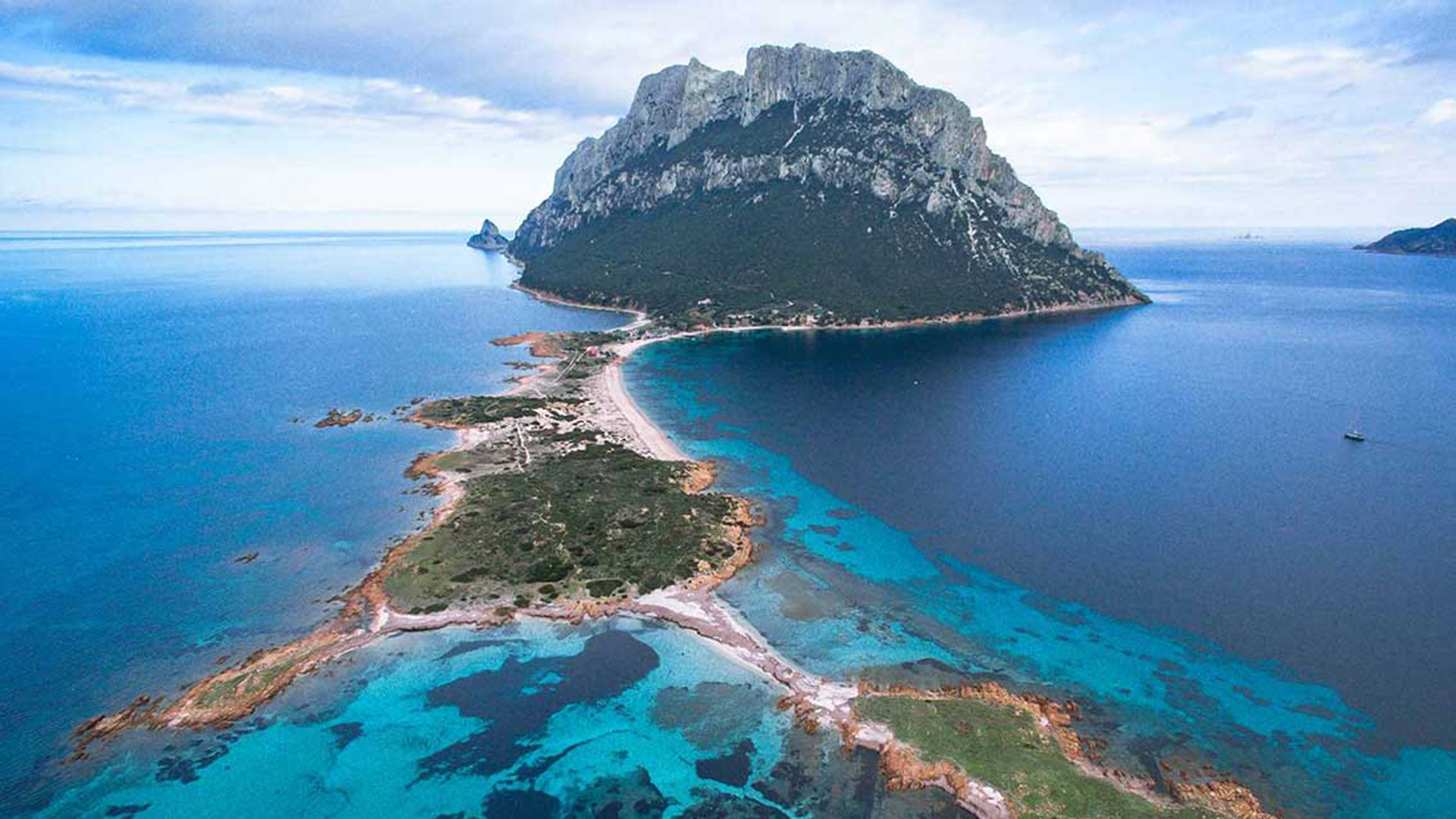
4. Tavolara-Punta Coda Cavallo Marine Protected Area
- Key Features: This area is centred around the majestic Tavolara Island, a limestone mountain rising from the sea, and includes stunning beaches and crystal-clear waters. It’s a top spot for diving, snorkelling, and bird watching.
- How to Visit: Reach Tavolara Island by boat from Porto San Paolo. Snorkelling and diving tours are available, as well as guided hikes on the island.
- Itineraries: Explore the beaches of Cala Coda Cavallo, dive at the Secca del Papa, or hike to the summit of Tavolara for breathtaking views.
- Costs and Opening Hours: Boat transfers to Tavolara cost around €20-€30. Diving tours cost approximately €50-€100. The area is open year-round, but activities are weather dependent.
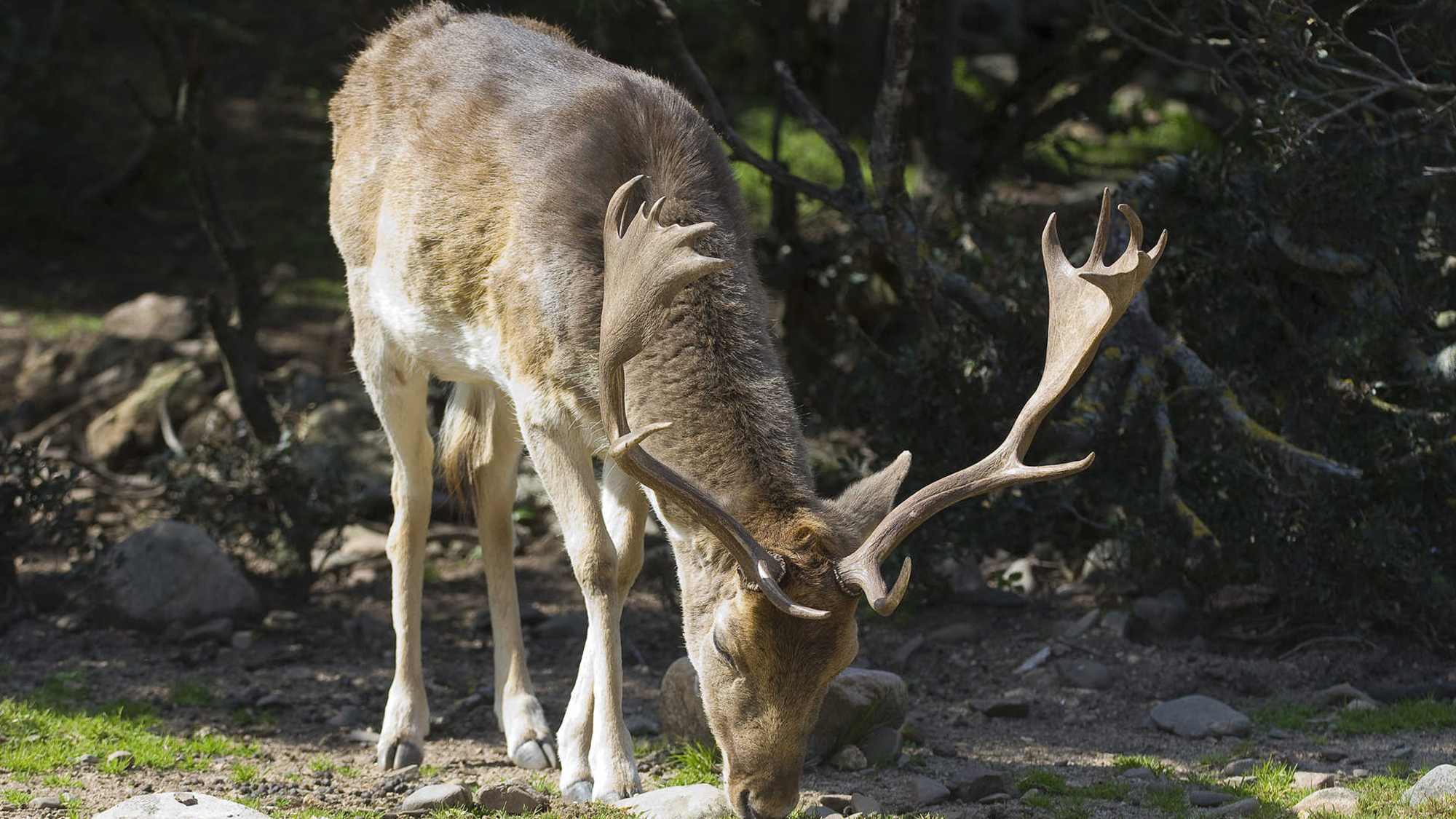
5. La Foresta di Monte Arcosu Nature Reserve
- Key Features: Located inland near the town of Uta, this reserve is one of the largest protected areas in Sardinia and is home to the Sardinian deer and other wildlife. It offers beautiful hiking trails through Mediterranean scrub and oak forests.
- How to Visit: The reserve is accessible by car from Cagliari, about an hour’s drive. Hiking is the main activity, and several well-marked trails are available.
- Itineraries: A typical visit includes a hike along the trails, wildlife observation, and enjoying the peaceful forest environment.
- Costs and Opening Hours: Entrance is free, and the reserve is open year-round during daylight hours.
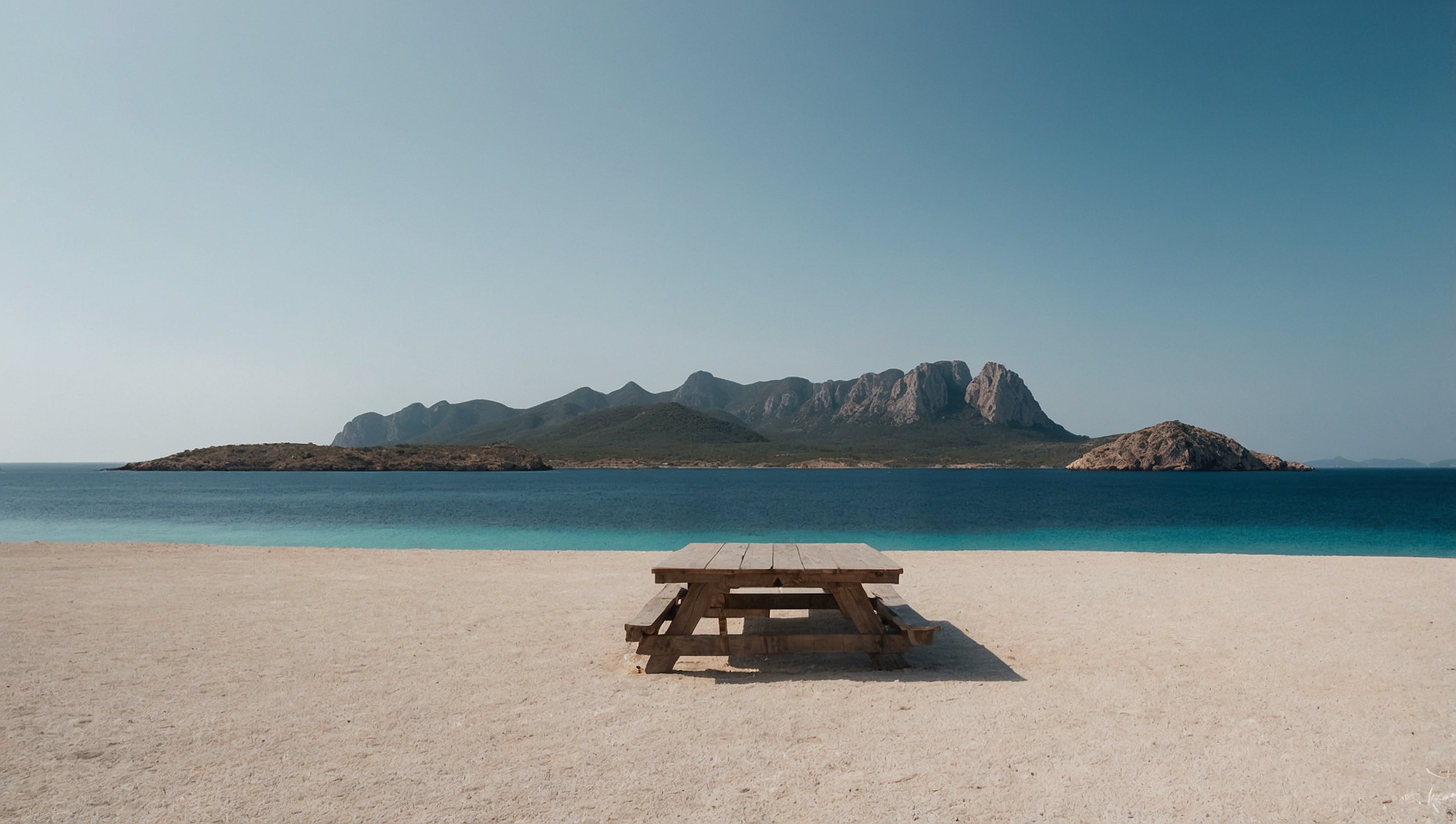
Tips for Visiting:
- Seasonality: Summer is the busiest period, especially July and August. For a quieter experience, consider visiting in the spring (April-June) or early autumn (September-October).
- Guided Tours: Many parks and marine areas offer guided tours, which can enhance your experience by providing local insights and ensuring you don’t miss any highlights.
- Respect the Environment: These areas are protected for their ecological value, so it’s essential to follow guidelines regarding waste, noise, and interactions with wildlife.
These parks and protected areas in northern Sardinia offer incredible opportunities to explore the island’s natural beauty, whether you’re interested in marine life, hiking, or simply enjoying some of the most beautiful beaches in the Mediterranean.

